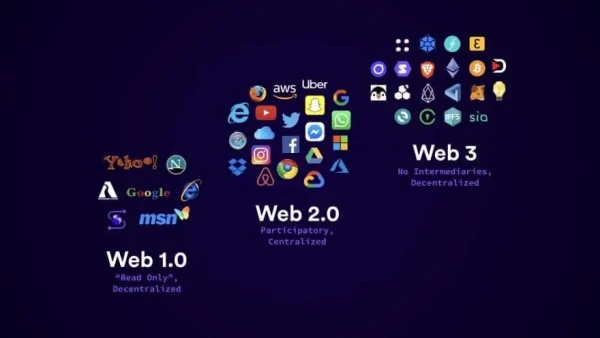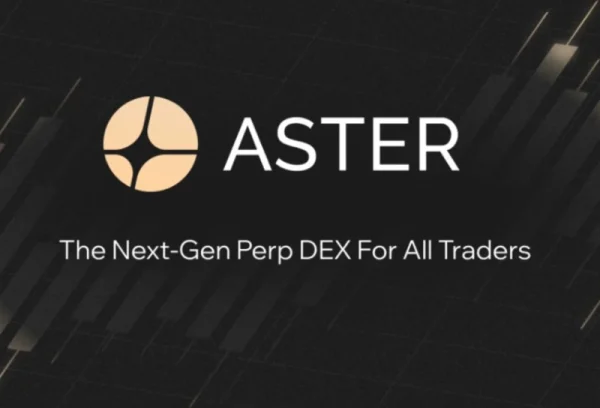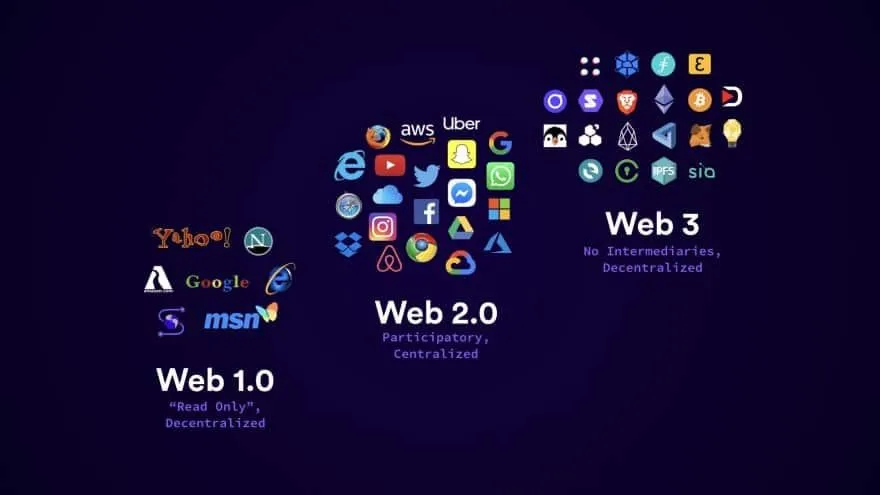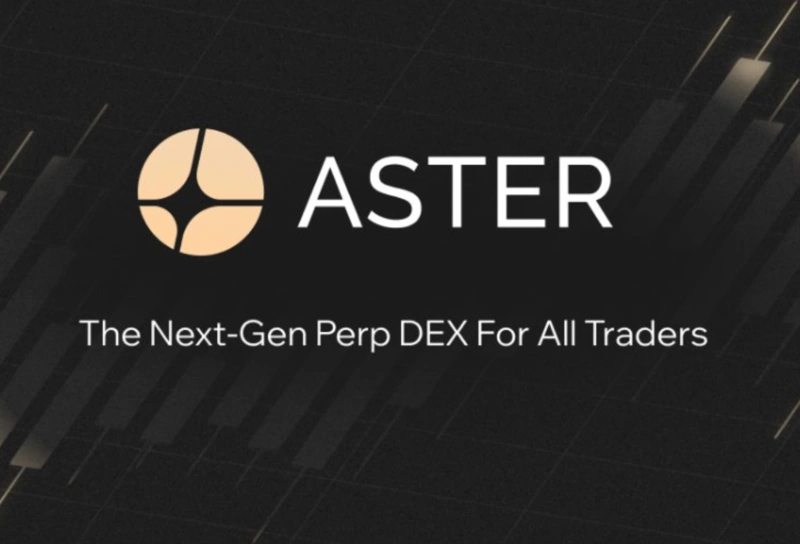EIP and ERC: Understanding Ethereum Standards
Ethereum is one of the most popular blockchain platforms, supporting decentralized apps (dApps) and smart contracts. Two key elements behind Ethereum’s growth are Ethereum Improvement Proposals (EIPs) and Ethereum Requests for Comments (ERCs).
In this article, we’ll explain what EIPs and ERCs are, how they help develop Ethereum, and how they are proposed and implemented. We’ll also cover important ERC standards, such as ERC-20, ERC-721, and ERC-1155, the difference between EIPs and ERCs, and how the Ethereum community helps decide which proposals are adopted.
Table of content
- Key Takeaways
- What Are EIPs and ERCs?
- How EIPs Drive Ethereum's Evolution
- ERC Standards and Their Role
- The EIP and ERC Proposal Process
- EIPs vs ERCs: What's the Difference?
- The Community’s Role in Ethereum Standards
- The Impact of ERCs on Token Standards
- Participating in the Ethereum Standardization Process
- EIP and ERC Ethereum Standards Bottom Line
- FAQs on EIP and ERC Ethereum Standards
Key Takeaways
- EIPs are proposals for changes and improvements to the Ethereum network.
- ERCs focus on creating standards for tokens and smart contracts on Ethereum.
- ERC-20 revolutionized token creation, providing a standard framework for tokens.
- ERC-721 and ERC-1155 introduced standards for non-fungible tokens (NFTs).
- The EIP and ERC proposal processes are open to all Ethereum developers.
What Are EIPs and ERCs?
EIPs, or Ethereum Improvement Proposals
These are the primary way new ideas and upgrades are suggested for the Ethereum network. Think of them as blueprints for changes to Ethereum’s structure, from fixing bugs to adding new features. EIPs allow developers to submit their proposals for review and discussion before they can be adopted into Ethereum’s system.
ERCs, or Ethereum Request for Comments
These are a type of EIP that focuses specifically on tokens and smart contract interfaces. These proposals set the rules for how tokens work on Ethereum and ensure they are compatible with different apps and platforms across the network. Without these standards, creating tokens on Ethereum would be chaotic and fragmented.
How EIPs Drive Ethereum's Evolution
EIPs help Ethereum grow by providing a structured way to suggest improvements. When a developer proposes an EIP, it’s reviewed by the Ethereum community, and if everyone agrees, the changes are implemented in future network upgrades. This process makes sure that the network remains up-to-date with new technologies, fixes bugs, and becomes more efficient.
When Ethereum shifted from Proof of Work (PoW) to Proof of Stake (PoS), this change was proposed through EIPs. The upgrade improved energy efficiency and helped Ethereum scale better, showcasing how EIPs can transform the network.
ERC Standards and Their Role
ERC standards have had a huge impact on Ethereum. They made sure that tokens can work well across the Ethereum ecosystem, meaning they can be used in wallets, exchanges, and decentralized applications (dApps).
ERC-20, for example, is the most well-known standard for fungible tokens. It created a common framework that allows all ERC-20 tokens to follow the same set of rules, making it easier for developers to integrate them into different platforms.
Then there’s ERC-721, which is used for creating non-fungible tokens (NFTs). These tokens are unique, unlike ERC-20 tokens that are interchangeable. ERC-721 has helped launch the NFT market, where people can buy and sell unique digital items like art, collectibles, and gaming assets.
There’s also ERC-1155, which combines both fungible and non-fungible tokens under one standard.
The EIP and ERC Proposal Process
Creating an EIP or ERC is an open process that anyone in the Ethereum community can have access to. Developers can submit their ideas to Ethereum’s GitHub repository, where they’ll be reviewed by others. The proposal is integrated into Ethereum's future updates if the community likes and agrees with the idea.
ERCs work similarly but are more focused on token standards. The proposals must clearly explain how a token will function and interact with other contracts. The Ethereum community then reviews and discusses it to ensure it will work as expected.
EIPs vs ERCs: What's the Difference?
EIPs and ERCs are related but serve different purposes.
EIPs propose changes to the core Ethereum protocol itself. They can suggest anything from changes to Ethereum’s consensus mechanism to network optimizations.
ERCs, however, are specifically concerned with the standards that govern tokens. While all ERCs are a type of EIP, not all EIPs are ERCs. ERCs are a subset of EIPs that deal with token behavior and smart contract interactions.
| Aspect | EIPs | ERCs |
| Purpose | Propose changes to the core Ethereum protocol, such as network optimizations and consensus. | Define standards for tokens and smart contract behavior on Ethereum. |
| Scope | Can suggest a wide range of changes, from bugs to features to protocol updates. | Focus specifically on token standards and smart contract interactions. |
| Relationship | EIPs cover various changes, including but not limited to ERCs. | ERCs are a specific subset of EIPs that deal with tokens. |
The Community’s Role in Ethereum Standards
The Ethereum community plays a big part in deciding whether a proposal should be accepted. Once an EIP or ERC is submitted, it goes through a review process where community members can discuss it, ask questions, and provide feedback. If there’s enough support and the proposal meets Ethereum’s goals, it becomes part of the network.
The open-source nature of Ethereum means anyone can contribute to its development. Developers from all over the world can propose improvements, and through this process, Ethereum stays flexible and adaptable to new challenges.
The Impact of ERCs on Token Standards
ERCs, especially ERC-20, have revolutionized how tokens are created and used on Ethereum. Before ERC-20, creating a token was a more complex and inconsistent process. With ERC-20, a standard framework was established, allowing tokens to be created and easily integrated with apps and wallets across the Ethereum network.
This led to the rise of Initial Coin Offerings (ICOs) and decentralized finance (DeFi) platforms that rely on ERC-20 tokens. ERC-721 and ERC-1155 also helped push the boundaries of token standards, especially with the rise of NFTs.
Participating in the Ethereum Standardization Process
If you’re a developer interested in contributing to Ethereum’s evolution, submitting an EIP or ERC is a great way to get involved. The process is open to anyone in the community, and by submitting your ideas, you can help shape Ethereum’s future.
Once your proposal is submitted, you’ll need to gather support from the community. This can involve discussions, feedback, and even improvements to your proposal before it’s accepted. It’s a collaborative process that ensures Ethereum remains in line with the needs of developers and users.
EIP and ERC Ethereum Standards Bottom Line
EIPs and ERCs are at the heart of Ethereum’s development. EIPs help the network improve and adapt to new technologies and challenges, while ERCs provide the standards that make it possible to create and use tokens across the Ethereum ecosystem. The proposal and review process ensures that changes are carefully considered and aligned with the community’s goals.
Knowing how EIPs and ERCs work, developers can better navigate Ethereum’s landscape and contribute to its growth. Whether you’re proposing a protocol upgrade or a new token standard, getting involved in the process is a powerful way to influence the future of Ethereum.
FAQs on EIP and ERC Ethereum Standards
What is the purpose of an EIP?
An EIP outlines a proposal for improving or changing the Ethereum network. It can introduce new features, fix bugs, or propose changes to the core Ethereum protocol.
Who can propose an EIP?
Anyone in the Ethereum community can propose an EIP, but the proposal must follow a defined format and be reviewed before being accepted.
How long does it take for an EIP to be implemented?
The timeline for EIP implementation varies depending on the proposal's complexity and community consensus. Some proposals may be implemented in a network upgrade, while others may take longer.
Can ERCs be updated or modified?
Yes, ERCs can be updated or improved over time. Developers can propose new versions or entirely new standards based on evolving needs and feedback from the community.
What are the most popular ERC standards besides ERC-20?
Some of the most popular ERC standards besides ERC-20 include ERC-721 for NFTs, ERC-1155 for multi-token standards, and ERC-223 and ERC-777 for improved token functionality.
How does the Ethereum community decide whether to accept an EIP?
The Ethereum community evaluates EIPs through discussions and reviews. The proposal may be adopted if there is broad consensus and no significant objections.







